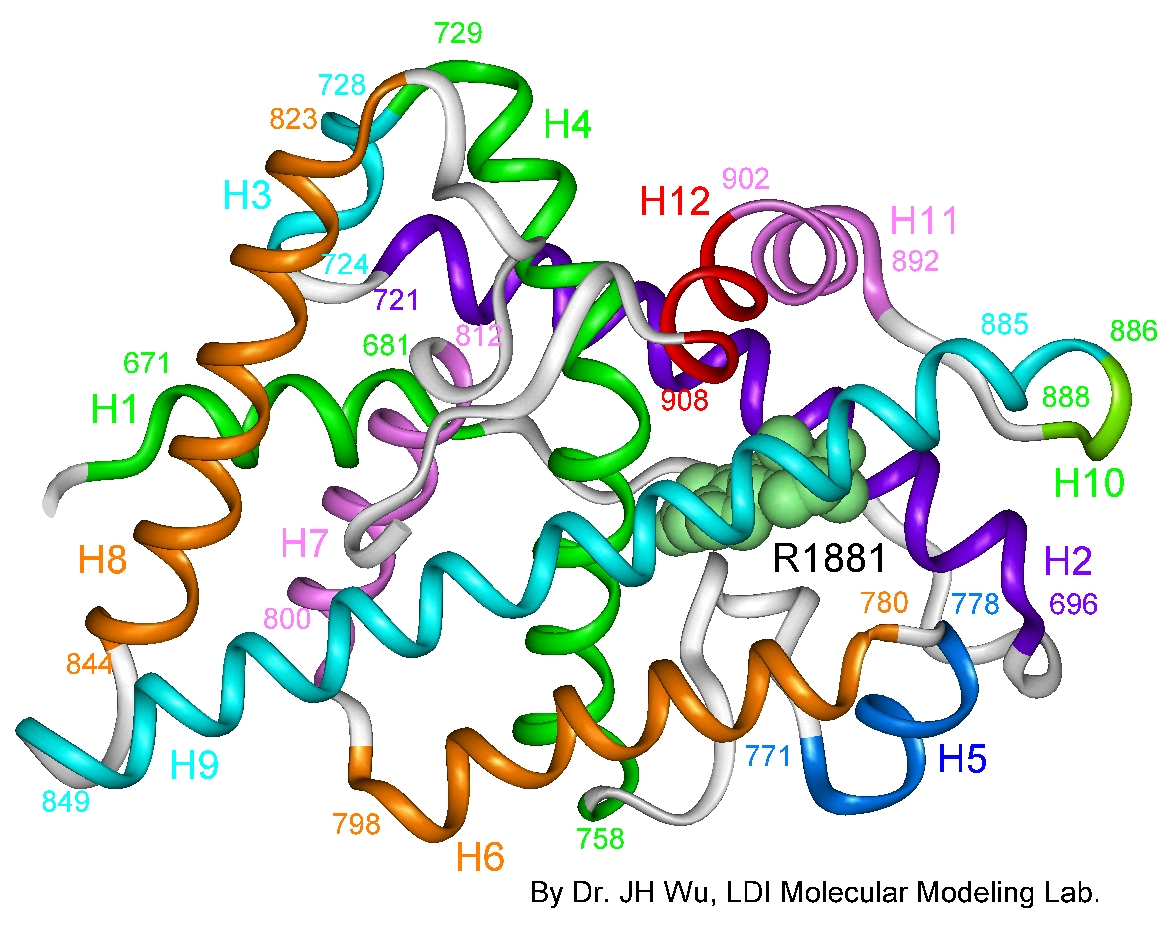Complete androgen insensitivity syndrome
Editor-In-Chief: Prab R Tumpati, MD
Obesity, Sleep & Internal medicine
Founder, WikiMD Wellnesspedia &
W8MD medical weight loss NYC and sleep center NYC
| Complete androgen insensitivity syndrome | |
|---|---|

| |
| Synonyms | CAIS |
| Pronounce | |
| Specialty | Endocrinology, Genetics |
| Symptoms | Female external genitalia, undescended testes, infertility |
| Complications | N/A |
| Onset | Birth |
| Duration | Lifelong |
| Types | N/A |
| Causes | Genetic mutation in the androgen receptor gene |
| Risks | |
| Diagnosis | Genetic testing, hormone level testing |
| Differential diagnosis | Müllerian agenesis, Turner syndrome, 5-alpha-reductase deficiency |
| Prevention | |
| Treatment | Hormone replacement therapy, psychological support |
| Medication | |
| Prognosis | Generally good with appropriate management |
| Frequency | 1 in 20,000 to 1 in 99,000 XY births |
| Deaths | |
Complete androgen insensitivity syndrome (CAIS) is a condition that results in the complete inability of the body's cells to respond to androgens. Androgens are a group of hormones that play a role in male traits and reproductive activity. CAIS is one of the three types of androgen insensitivity syndrome (AIS), which also includes partial androgen insensitivity syndrome (PAIS) and mild androgen insensitivity syndrome (MAIS).
Genetics[edit | edit source]
CAIS is caused by mutations in the androgen receptor (AR) gene, which is located on the X chromosome. This gene provides instructions for making a protein that allows the body to respond appropriately to androgens. Mutations in the AR gene prevent the androgen receptor from working properly, which means that cells cannot respond to androgens. As a result, individuals with CAIS have a female external appearance despite having a male (46,XY) karyotype.
Symptoms and Diagnosis[edit | edit source]
Individuals with CAIS typically have:
- Female external genitalia
- Absent or rudimentary Müllerian ducts (which develop into the uterus and fallopian tubes in females)
- Undescended testes (which may be located in the abdomen or inguinal canal)
- Little or no pubic and underarm hair
- Normal breast development
Diagnosis of CAIS is often made during adolescence when menstruation does not begin (primary amenorrhea), or earlier if inguinal hernias are found in infants. Diagnostic tests may include:
- Karyotype analysis to determine the presence of a 46,XY chromosome pattern
- Hormone tests to measure levels of testosterone, luteinizing hormone (LH), and follicle-stimulating hormone (FSH)
- Genetic testing to identify mutations in the AR gene
Management[edit | edit source]
Management of CAIS involves a multidisciplinary approach, including:
- Endocrinologists to monitor hormone levels and manage hormone replacement therapy if needed
- Surgeons to remove undescended testes, which have a risk of becoming cancerous
- Psychologists or psychiatrists to provide support and counseling
Prognosis[edit | edit source]
Individuals with CAIS typically have a normal lifespan and can lead healthy lives. However, they are infertile due to the absence of functional male or female reproductive organs.
See also[edit | edit source]
- Androgen insensitivity syndrome
- Partial androgen insensitivity syndrome
- Mild androgen insensitivity syndrome
- Intersex
- Endocrinology
References[edit | edit source]
External links[edit | edit source]
Search WikiMD
Ad.Tired of being Overweight? Try W8MD's physician weight loss program.
Semaglutide (Ozempic / Wegovy and Tirzepatide (Mounjaro / Zepbound) available.
Advertise on WikiMD
|
WikiMD's Wellness Encyclopedia |
| Let Food Be Thy Medicine Medicine Thy Food - Hippocrates |
Translate this page: - East Asian
中文,
日本,
한국어,
South Asian
हिन्दी,
தமிழ்,
తెలుగు,
Urdu,
ಕನ್ನಡ,
Southeast Asian
Indonesian,
Vietnamese,
Thai,
မြန်မာဘာသာ,
বাংলা
European
español,
Deutsch,
français,
Greek,
português do Brasil,
polski,
română,
русский,
Nederlands,
norsk,
svenska,
suomi,
Italian
Middle Eastern & African
عربى,
Turkish,
Persian,
Hebrew,
Afrikaans,
isiZulu,
Kiswahili,
Other
Bulgarian,
Hungarian,
Czech,
Swedish,
മലയാളം,
मराठी,
ਪੰਜਾਬੀ,
ગુજરાતી,
Portuguese,
Ukrainian
Medical Disclaimer: WikiMD is not a substitute for professional medical advice. The information on WikiMD is provided as an information resource only, may be incorrect, outdated or misleading, and is not to be used or relied on for any diagnostic or treatment purposes. Please consult your health care provider before making any healthcare decisions or for guidance about a specific medical condition. WikiMD expressly disclaims responsibility, and shall have no liability, for any damages, loss, injury, or liability whatsoever suffered as a result of your reliance on the information contained in this site. By visiting this site you agree to the foregoing terms and conditions, which may from time to time be changed or supplemented by WikiMD. If you do not agree to the foregoing terms and conditions, you should not enter or use this site. See full disclaimer.
Credits:Most images are courtesy of Wikimedia commons, and templates, categories Wikipedia, licensed under CC BY SA or similar.
Contributors: Prab R. Tumpati, MD






